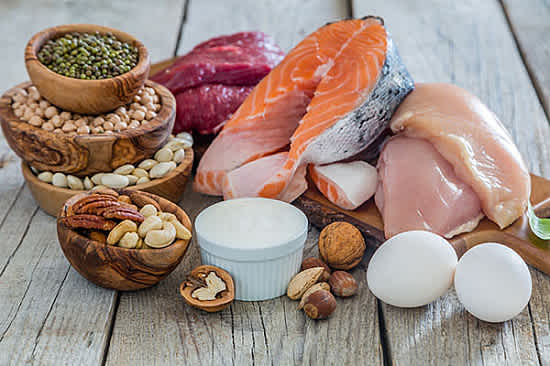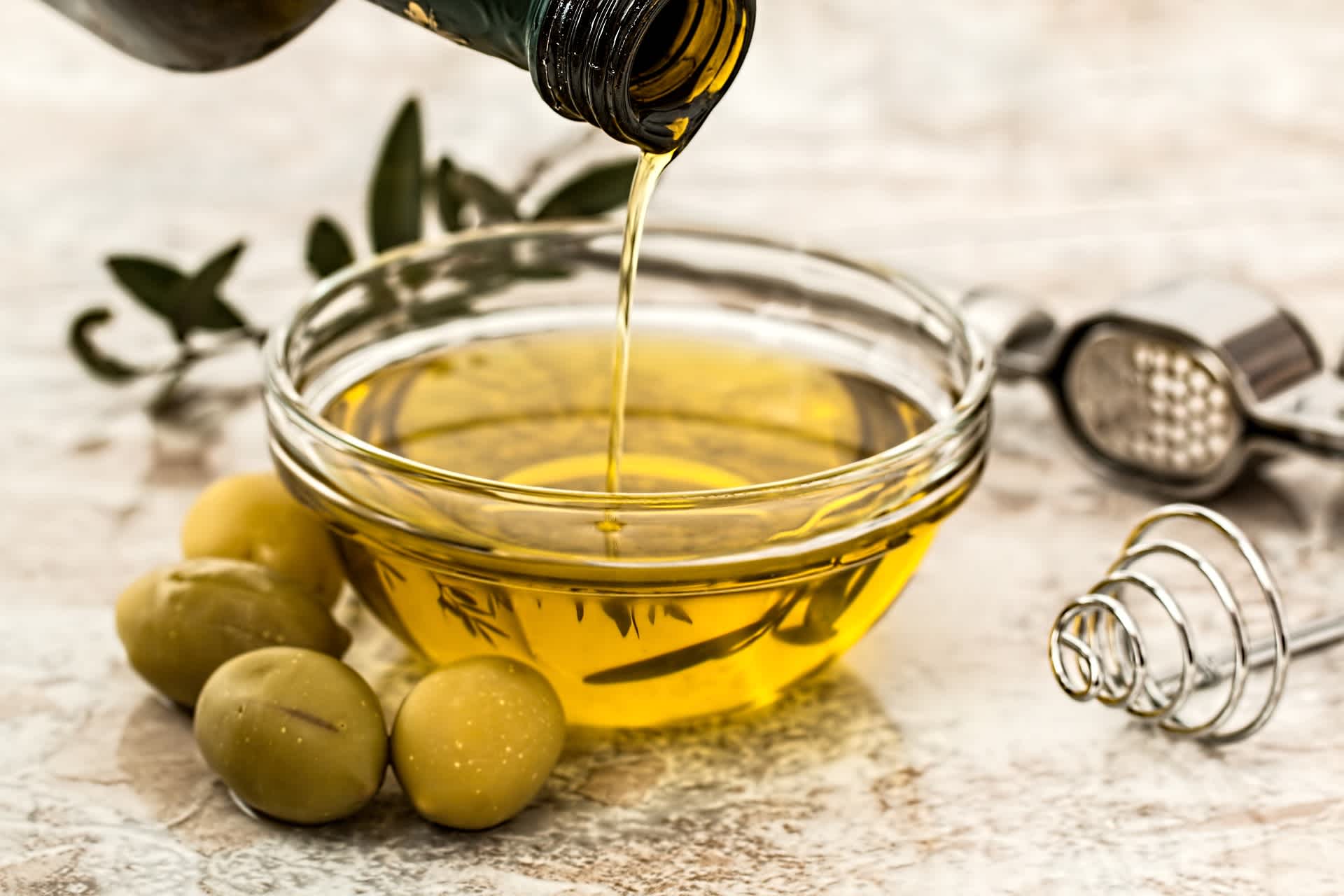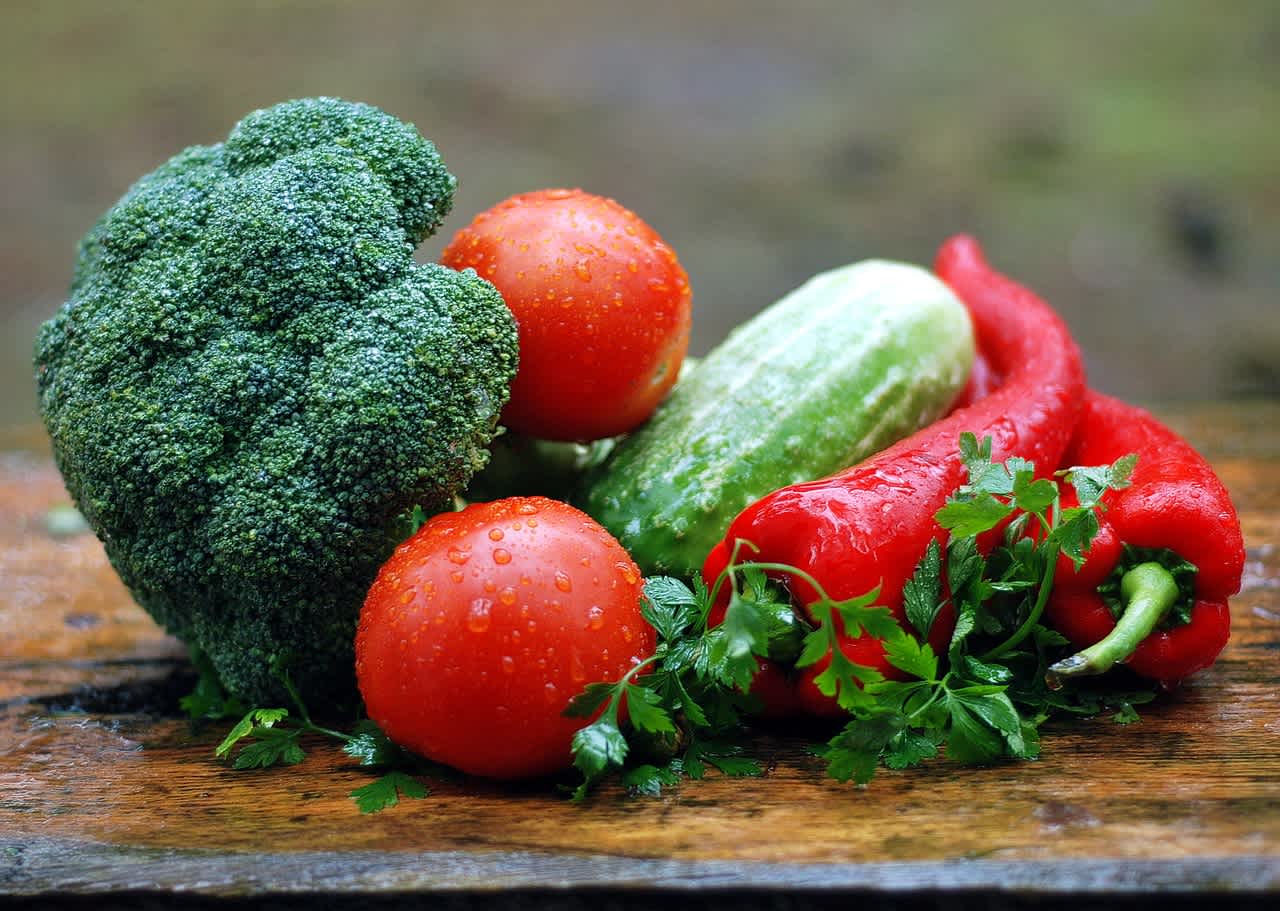
The Benefits of kharbuja in Summer: A Refreshing Summer Delight

Kharbuja, also known as muskmelon, is a luscious fruit celebrated for its juicy sweetness and myriad health benefits. This fruit, scientifically known as Cucumis melo, is a member of the gourd family and thrives in warm climates, making it a summer favorite in many parts of the world. Its unique flavor, high nutritional value, and versatility in culinary applications make it a cherished fruit in households across India and beyond.
Nutritional Profile of Kharbuja

Kharbuja is a nutrient-rich fruit that is a powerhouse of vitamins, minerals, and antioxidants while being low in calories. A 100-gram serving of kharbuja (muskmelon) contains approximately:
· Calories: 34
· Carbohydrates: 8.6 g
· Protein: 0.8 g
· Fiber: 0.9 g
· Vitamin A: 112% of the RDI (Recommended Daily Intake)
· Vitamin C: 36% of the RDI
· Potassium: 267 mg
· Folate: 21 mcg
Fitness enthusiasts can enjoy kharbuja guilt-free with this remarkable profile that promotes general health.
Health Benefits of Kharbuja

Hydration and Refreshment
Kharbuja is composed of nearly 90% water, making it an ideal fruit to combat dehydration during the scorching summer months. Its juicy texture replenishes electrolytes, ensuring your body stays hydrated and energized.
Boosts Immunity
A rich source of vitamin C and antioxidants, kharbuja strengthens the immune system. The antioxidant vitamin C helps your body fight infections and remain resilient by producing white blood cells.
· Improves Digestion
The dietary fiber in kharbuja promotes healthy digestion by adding bulk to stool and supporting regular bowel movements. It's a gentle way to keep your digestive system functioning smoothly.
· Supports Eye Health
Kharbuja is a potent source of beta-carotene, a vitamin A precursor, vital for maintaining healthy vision. Consuming this fruit regularly can reduce the risk of macular degeneration and other eye-related conditions.
· Promotes Skin Radiance
Thanks to its high water content and antioxidants, kharbuja nourishes the skin from within. Vitamins A and C help combat free radicals, creating a glowing and youthful complexion.
· Aids in Weight Management
Being low in calories and high in water and fiber, kharbuja is a perfect snack for those aiming to lose weight. It keeps you feeling full for longer, curbing unnecessary cravings.
· Regulates Blood Pressure
The potassium in kharbuja or muskmelon helps maintain healthy blood pressure by balancing sodium levels in the body. As a result, heart disease risk can be reduced over time.
How to Incorporate Kharbuja into Your Diet

Kharbuja's versatility makes it an excellent ingredient for various recipes. Here are some creative ways to enjoy this delightful fruit:
· Fresh Slices
The simplest way to enjoy kharbuja is to slice and eat it fresh. Sprinkle a pinch of black salt or chaat masala for an extra kick of flavor.
· Smoothies and Shakes
Blend kharbuja with yogurt, honey, and a handful of ice to prepare a refreshing smoothie. Its natural sweetness eliminates the need for added sugars.
· Fruit Salads
Combine diced kharbuja with watermelon, kiwi, and grapes for a colorful and nutrient-packed fruit salad.
· Desserts
Make a healthy dessert by freezing blended kharbuja pulp to create sorbet or mixing it with coconut milk for a creamy treat.
· Infused Water
Add small chunks of kharbuja to a jug of water with mint leaves for a naturally flavored detox drink.
· Chutneys and Sauces
Blend kharbuja with spices, ginger, and a dash of lemon to create a tangy chutney that pairs well with grilled dishes.
How to Choose the Perfect Kharbuja
Selecting the right kharbuja can make all the difference in flavor and quality. Here are some tips:
1. Check the Skin: Look for a fruit with a uniform netted pattern on its surface. Avoid kharbuja with cracks or bruises.
2. Feel the Weight: A ripe kharbuja feels heavy for its size, indicating its juiciness.
3. Smell the Base: Ripe kharbuja emits a sweet, musky aroma from the stem end.
4. Press Gently: When pressed, the skin should yield slightly but not be too soft or mushy.
Cultural and Medicinal Significance of Kharbuja
In many parts of India, kharbuja is more than just a fruit; it is an important part of cultural traditions. It is often offered as a symbol of fertility and abundance during festivals and rituals. This practice shows the fruit's importance in cultural and religious traditions, where it is valued for its sweetness and nutrition. The offering of kharbuja during these occasions underscores its role in celebrating life's blessings and the hope for prosperity.
Karbuja is considered to be cooling in Ayurveda from a medicinal perspective. In addition to improving digestion, it is believed to balance the body's heat. Despite being discarded, the seeds contain high levels of nutrients that are used in traditional medicines that help in promoting bone strength and stamina.
Storage and Preservation Tips
To enjoy kharbuja at its best, proper storage is crucial:
· Whole Fruit: Keep uncut kharbuja at room temperature until ripe. For up to one week after ripeness, it can be stored in the refrigerator.
· Cut Fruit: Wrap the sliced pieces in cling film or store them in an airtight container in the fridge to retain freshness for 2–3 days.
· Freezing: Kharbuja pulp can be frozen in an ice tray and used later in smoothies or desserts.
Interesting Facts About Kharbuja
· Origin: Muskmelons are believed to have originated in Persia and the surrounding regions.
· Varieties: There are numerous varieties of kharbuja, including cantaloupe, honeydew, and Galia melons.
· Seed Benefits: The seeds are rich in magnesium and zinc and can be roasted for a healthy snack.
· Global Presence: While it is a staple in Indian households, kharbuja is widely consumed in Europe, the Americas, and the Middle East.
Conclusion
Kharbuja is a refreshing summer fruit with numerous health benefits. It can be enjoyed as a snack, drink, or dessert. Its hydrating properties and rich nutrient profile make it a great addition to your diet. When selecting a kharbuja, look for one that is ripe and fresh to fully enjoy its delightful flavor and health benefits. Don't forget to pick up this golden fruit the next time you visit the market. Its sweetness will brighten your day, and its healthy benefits will enhance your overall well-being.



